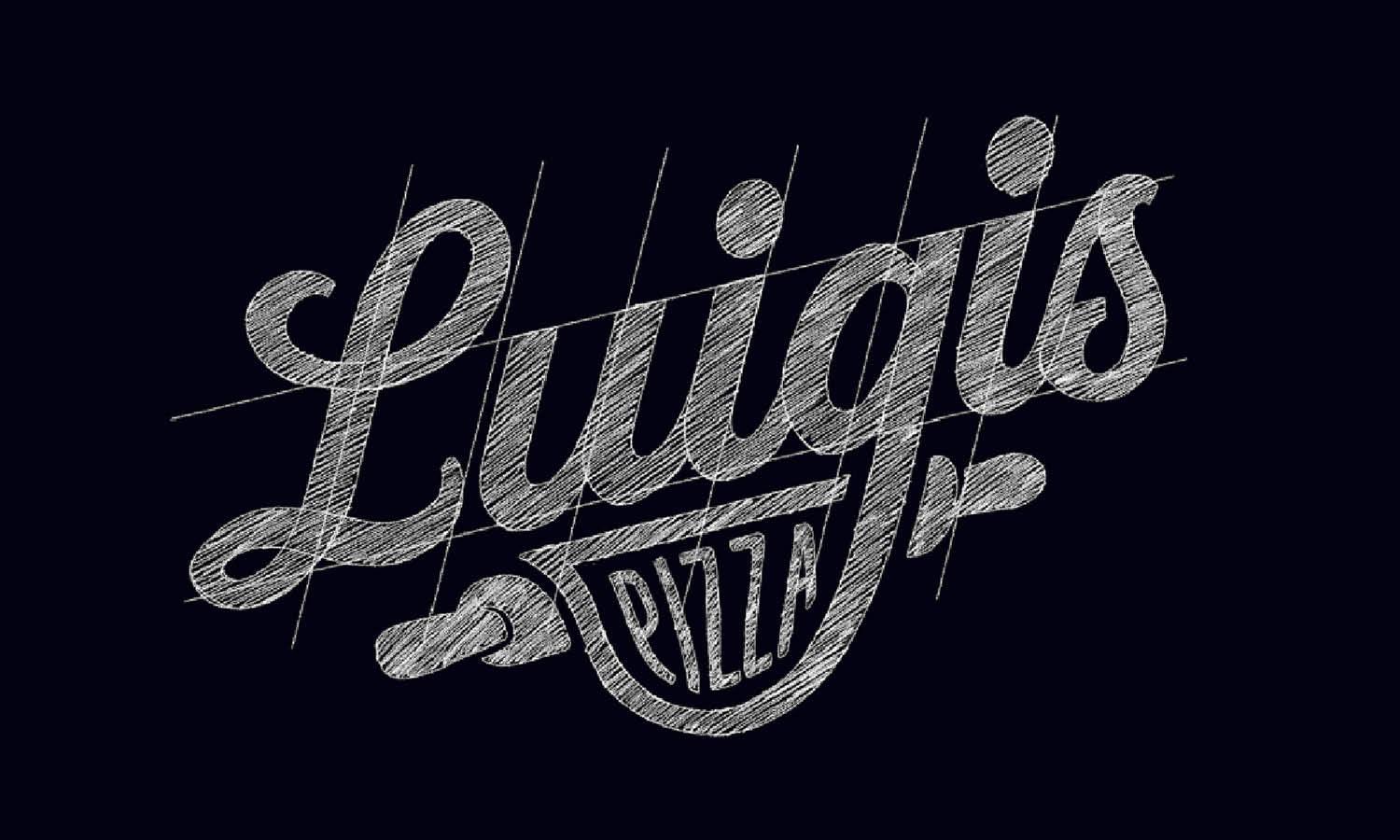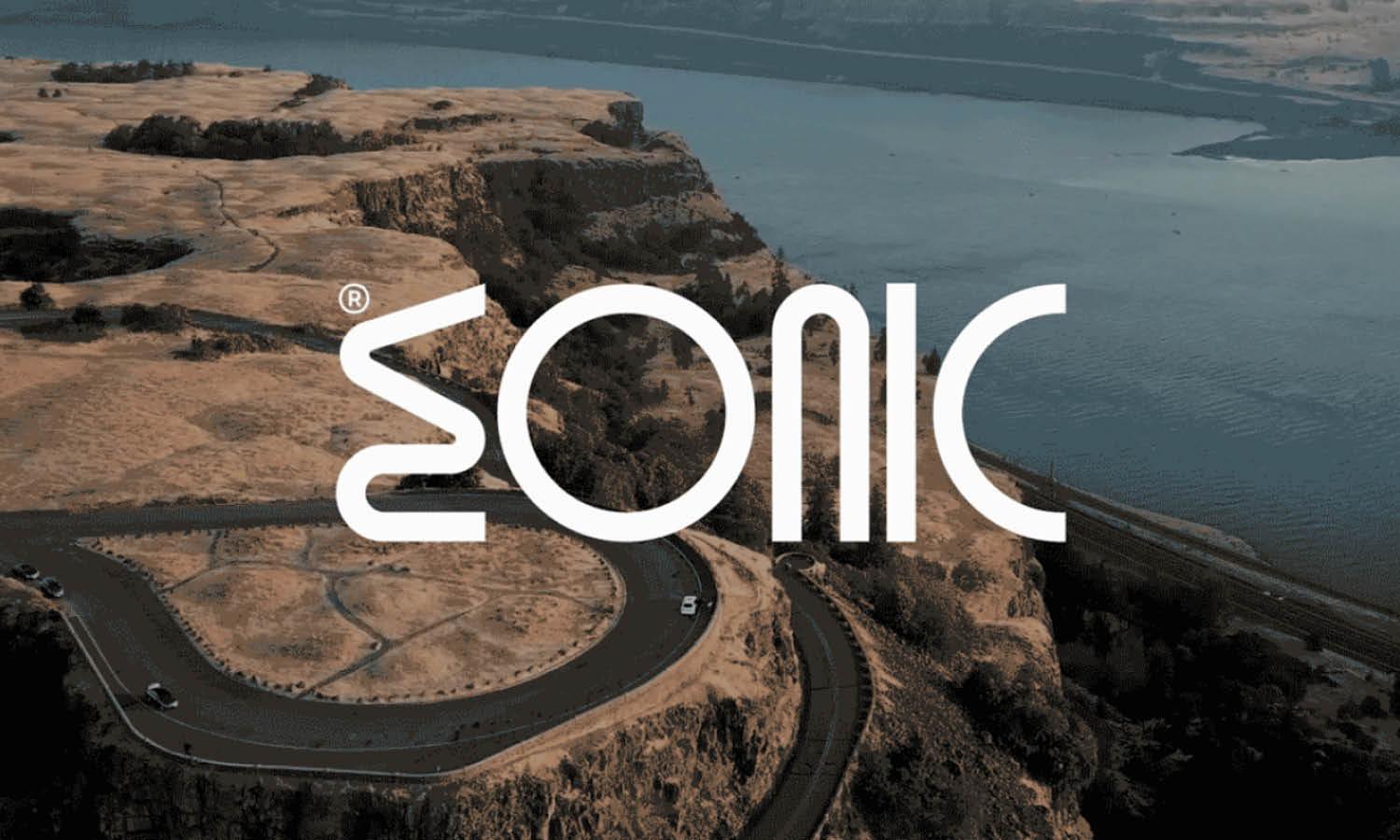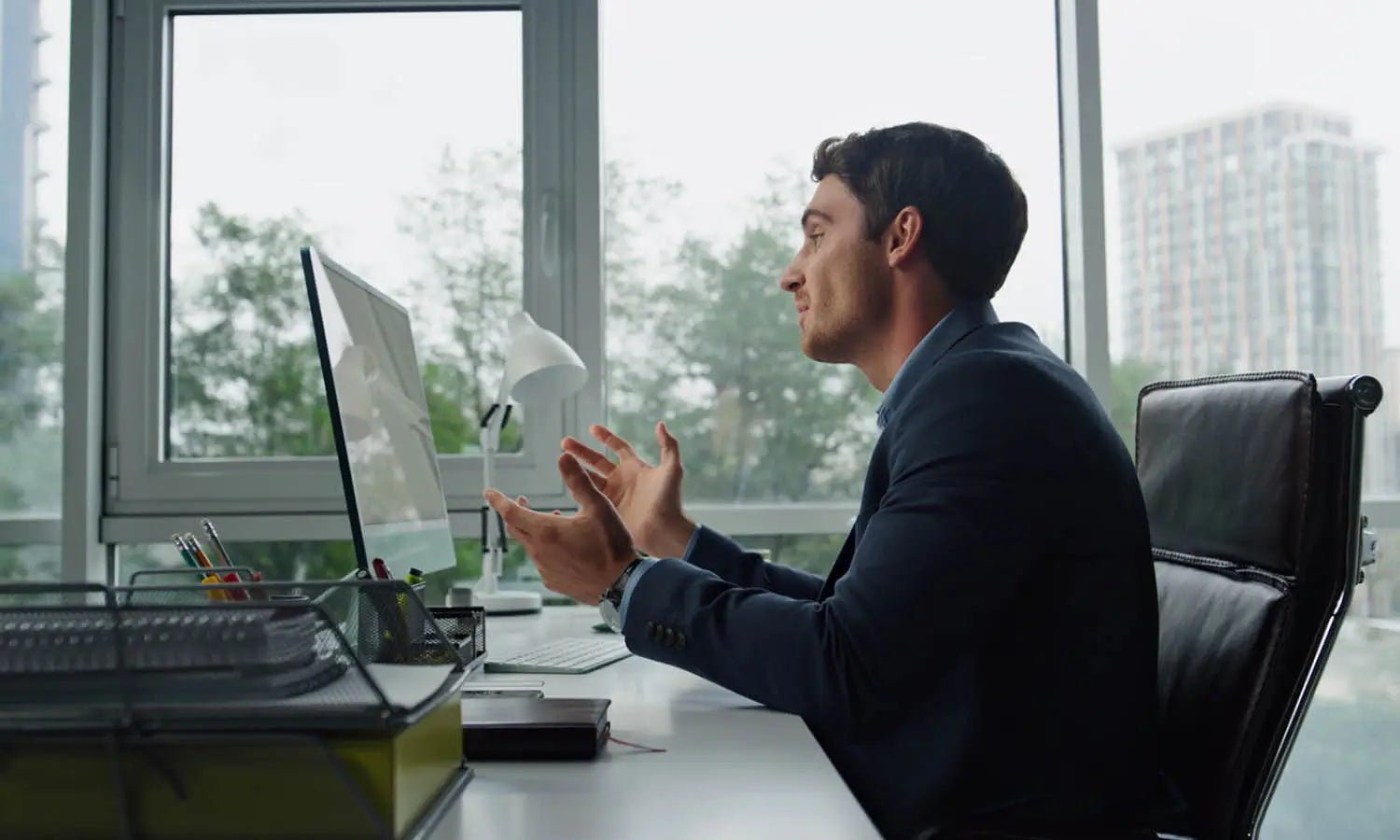How to Craft a Small Business Logo Design in Under 5 Minutes

Source: Amy Hood, Wolf Camp Studios Business Card, Dribble, https://dribbble.com/shots/5005059-Wolf-Camp-Studios-Business-Card
Many small business owners mistakenly believe that creating a logo requires hiring expensive designers or investing hours into the process. The truth is, with the right tools and a clear understanding of your brand, you can design a logo that looks polished and professional in a matter of minutes. This guide will walk you through simple and effective steps to design a logo that represents your business perfectly.
Whether you’re a startup on a tight budget or looking for a quick way to refresh your branding, this article will provide actionable tips to help you create a stunning logo. From understanding your brand identity to choosing colors, fonts, and icons, you’ll discover how easy it is to bring your logo ideas to life without breaking the bank. Start your small business logo design journey today and see how quickly you can make your brand stand out.
Understand Your Brand Identity
Before diving into logo creation, it’s essential to have a clear understanding of your brand identity. Your logo is the visual cornerstone of your business, and it needs to reflect who you are, what you do, and what you stand for. Start by defining your business’s core values, mission, and unique selling points. These elements will serve as the foundation for your logo design.
Think about the emotions and impressions you want your logo to evoke. For instance, a playful and colorful design might suit a children’s toy store, while a sleek and minimalistic look could be ideal for a tech company. Consider your target audience as well. What design elements will resonate with them? A small business catering to professionals might opt for a classic and sophisticated logo, while one targeting a youthful demographic might choose a bold and dynamic design.
Understanding your brand identity not only simplifies the design process but also ensures your logo communicates your message effectively. A logo that truly represents your business will set the stage for strong brand recognition and customer trust.
Choose The Right Design Tool
Choosing the right design tool can significantly streamline the process of creating a small business logo design. With numerous tools available, finding one that matches your skill level and needs is key to a smooth and efficient design experience.
For beginners, user-friendly platforms like Canva or Hatchful are excellent choices. These tools offer drag-and-drop functionality, pre-designed templates, and intuitive interfaces, making it easy to create a professional-looking logo in minutes. If you prefer more customization options, platforms like Looka or BrandCrowd use AI to generate tailored logo suggestions based on your input.
For those with a bit more design experience, tools like Adobe Express or Gravit Designer provide enhanced control over customization. These tools allow you to adjust elements like color, typography, and spacing with precision, giving you a truly unique logo.
Having the right tool at your disposal eliminates the guesswork and reduces the time spent on logo design. With a well-chosen platform, you can focus on crafting a logo that captures the essence of your business in no time.
Keep It Simple
When it comes to small business logo design, simplicity is key. A simple logo is easier to recognize, recall, and reproduce across different platforms. Overloading your logo with complex graphics, intricate details, or multiple elements can dilute its message and make it harder for your audience to connect with your brand.
Start by focusing on a single, clear idea that represents your business. Avoid using too many colors or fonts, as this can make your logo look cluttered. Stick to one or two complementary colors and a single font style that aligns with your brand identity. A minimalist approach ensures that your logo remains clean, professional, and versatile.
Simplicity also helps when resizing or reproducing your logo. A straightforward design will remain clear and recognizable whether it’s printed on a business card, embroidered on a shirt, or displayed on a large billboard.
By keeping your small business logo design simple, you create a timeless and adaptable symbol that effectively communicates your brand’s essence. This approach not only saves time during the design process but also ensures your logo remains relevant and functional for years to come.

Source: Amir Sayem, B Logo, Dribble, https://dribbble.com/shots/18492483-B-logo
Focus On Scalability
Scalability is a crucial factor to consider in small business logo design. Your logo will appear in various sizes and formats, from tiny social media icons to large banners or storefront signage. A scalable logo ensures that your design retains its quality, clarity, and impact regardless of where it’s displayed.
To create a scalable logo, opt for a design with clear lines and minimal intricate details. Overly complex elements can become illegible when the logo is reduced to smaller sizes. Instead, focus on bold shapes, clean typography, and straightforward icons that maintain their visual appeal across different dimensions.
Another critical aspect is designing your logo in vector format. Unlike raster images, vector files such as those created in Adobe Illustrator or similar tools can be resized indefinitely without losing quality. Vector logos provide the flexibility needed for professional printing, digital use, and merchandise production. Testing your logo at various sizes during the design process is essential. Shrink it down to the size of a business card or scale it up to fit a banner to ensure it remains visually effective in all contexts.
A scalable logo not only ensures versatility but also strengthens brand consistency. Whether your logo is displayed on a website, packaging, or promotional material, its adaptability will reinforce your small business’s professional image and credibility.
Select A Memorable Icon
A memorable icon is a cornerstone of an effective small business logo design. The right icon not only catches attention but also communicates your brand’s message instantly. It serves as a visual shorthand for your business, making it easier for customers to recognize and remember your brand.
When choosing an icon, focus on simplicity and relevance. The icon should reflect your business’s industry, values, or unique offerings. For instance, a bakery might use a stylized cupcake or whisk, while a tech company could opt for a sleek, futuristic symbol. A well-chosen icon ties directly to your brand and resonates with your target audience.
To ensure memorability, avoid generic or overly complicated designs. Icons that are too intricate can lose their impact when scaled down, while generic symbols fail to set your business apart. Instead, look for a unique design that stands out while maintaining clarity and balance.
Consider the emotional appeal of your icon. Shapes and styles evoke different feelings—circles can convey inclusivity, while sharp angles can represent innovation or strength. Align these elements with your brand identity to leave a lasting impression.
Pick Two Complementary Colors
Color plays a vital role in small business logo design, and choosing two complementary colors can significantly enhance your logo’s appeal. The right color combination creates visual harmony, evokes emotions, and reinforces your brand’s identity.
Start by understanding the message your brand wants to convey. Colors carry psychological associations—blue often represents trust and professionalism, while red signifies energy and passion. Once you identify the primary color that reflects your business, choose a complementary color to enhance the overall design.
Complementary colors are those that sit opposite each other on the color wheel, such as blue and orange or red and green. These combinations naturally create contrast, making your logo stand out while remaining visually balanced. Tools like Adobe Color can help you explore and select harmonious pairings.
When using two colors, decide which will be the dominant hue and which will serve as an accent. For example, a green logo with orange highlights can create a dynamic yet cohesive look. Ensure that the colors work well together across different mediums, from digital screens to print materials.
Test your chosen colors on various backgrounds to ensure legibility and adaptability. A well-selected color palette enhances your logo’s versatility and ensures it captures attention wherever it appears.
Choose A Readable Font
Selecting a readable font is a critical aspect of small business logo design. The font you choose should not only align with your brand’s personality but also ensure that your message is clear and easy to understand. A well-chosen font enhances your logo’s professionalism and makes it accessible to your audience across different platforms.
Start by considering the tone of your business. Serif fonts, like Times New Roman, often convey tradition and reliability, making them ideal for legal firms or educational institutions. Sans-serif fonts, such as Helvetica, exude modernity and simplicity, perfect for tech companies or contemporary brands. For creative or playful brands, script or decorative fonts might work, but ensure they remain legible.
Avoid overly complex or ornate fonts that can compromise readability, especially at smaller sizes. Test your chosen font in different scenarios, such as on business cards, social media profiles, and signage. If the text becomes difficult to read, it’s time to reevaluate your choice.
A readable font ensures your logo communicates effectively, making it memorable and versatile. By prioritizing readability, you create a logo that not only looks good but also serves its purpose of representing your brand clearly and consistently.

Source: Andrew Wiseman, Jacket Brand Identity, Dribble, https://dribbble.com/shots/19375750-Jacket-Brand-Identity
Avoid Trends, Focus On Timelessness
In small business logo design, it’s tempting to follow the latest trends. However, trends come and go, while a timeless logo remains relevant for years to come. Designing with longevity in mind ensures your logo becomes a lasting symbol of your brand, avoiding the need for frequent updates that can confuse your audience.
Start by focusing on simplicity and clarity. Timeless logos are often minimalist, with clean lines and straightforward design elements. They avoid the overuse of trendy fonts, colors, or effects that may quickly become outdated. Instead, they emphasize balance, proportion, and universal appeal.
Consider iconic logos like Coca-Cola or Nike. These designs have stood the test of time because they rely on fundamental design principles rather than fleeting trends. Your small business can achieve similar staying power by prioritizing authenticity over fashion.
Finally, test your logo design by asking if it will still feel relevant and effective in five, ten, or even twenty years. A timeless logo not only enhances brand consistency but also saves time and resources by eliminating the need for constant redesigns. By focusing on timelessness, your small business logo design can become a powerful and enduring asset for your brand.
Test For Versatility
When creating a small business logo design, versatility is an essential consideration. Your logo will appear across a variety of mediums, including digital platforms, print materials, merchandise, and even physical storefronts. Ensuring it remains effective and recognizable in all these contexts is a critical step in the design process.
Start by testing your logo in different sizes. A versatile logo should be clear and legible whether it’s scaled down for a website favicon or enlarged for a billboard. Avoid intricate details that can become indistinct at smaller sizes and opt for bold lines and clean shapes instead.
Additionally, test your logo on various backgrounds, such as light, dark, and textured surfaces. A versatile logo should adapt seamlessly to these environments without losing its visual integrity. Creating alternate versions, like inverted or single-color options, can further enhance its adaptability.
Versatility also means considering the technical formats. Save your logo in multiple file types, including vector formats like SVG or EPS, which ensure high-quality reproduction at any size. By testing your logo for versatility, you can confidently use it across all your branding efforts, ensuring consistent and professional representation of your small business.
Stick To One Design Style
Consistency is key when crafting a small business logo design, and sticking to one design style ensures your logo communicates a cohesive and professional message. A well-defined style not only strengthens your brand’s visual identity but also prevents confusion and creates a stronger connection with your audience.
Before starting the design, identify the style that best reflects your business. For example, a minimalist style conveys modernity and simplicity, while a vintage-inspired design evokes nostalgia and tradition. A hand-drawn style might be ideal for an artisanal or creative business, whereas a sleek, geometric design suits technology-focused brands.
Once you’ve chosen a style, maintain consistency in every element of your logo. This includes the font, iconography, color palette, and overall structure. Mixing conflicting styles—such as pairing a modern font with an overly ornate icon—can create visual dissonance and dilute your brand message.
Adhering to one style also ensures your logo integrates seamlessly with other branding materials, from business cards to websites. A consistent design style creates a unified brand identity that is instantly recognizable and easy to remember.
Conclusion
Crafting a small business logo design doesn’t have to be overwhelming. By understanding your brand identity, choosing the right tools, and focusing on simplicity, scalability, and timelessness, you can create a logo that effectively represents your business. Selecting a memorable icon, complementary colors, and a readable font adds to the logo's impact, while testing for versatility ensures it performs across various applications. Sticking to a cohesive design style ties everything together, giving your brand a professional and consistent look. A thoughtfully designed logo sets the stage for strong brand recognition, helping your small business stand out and thrive.
Let Us Know What You Think!
Every information you read here are written and curated by Kreafolk's team, carefully pieced together with our creative community in mind. Did you enjoy our contents? Leave a comment below and share your thoughts. Cheers to more creative articles and inspirations!











Leave a Comment